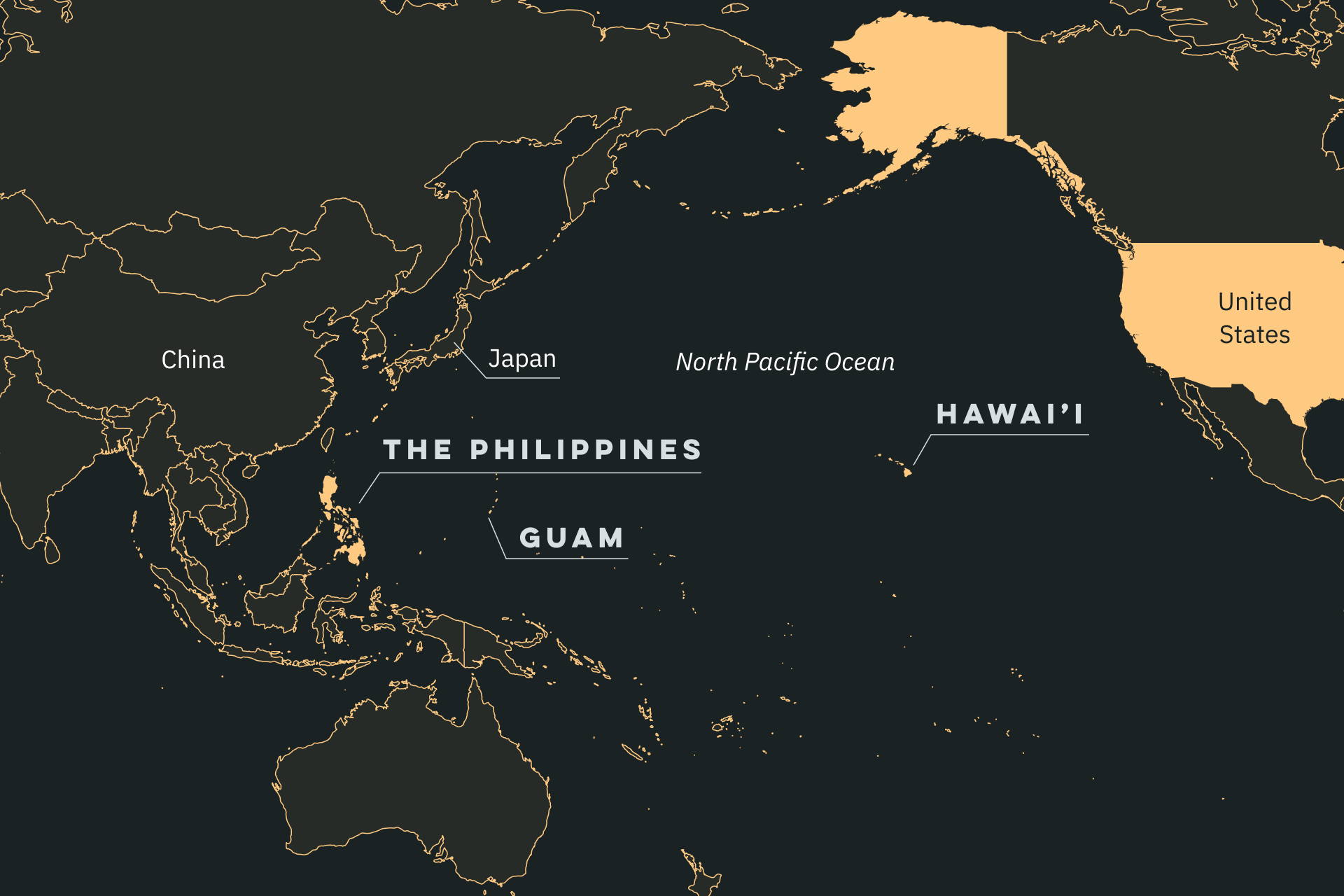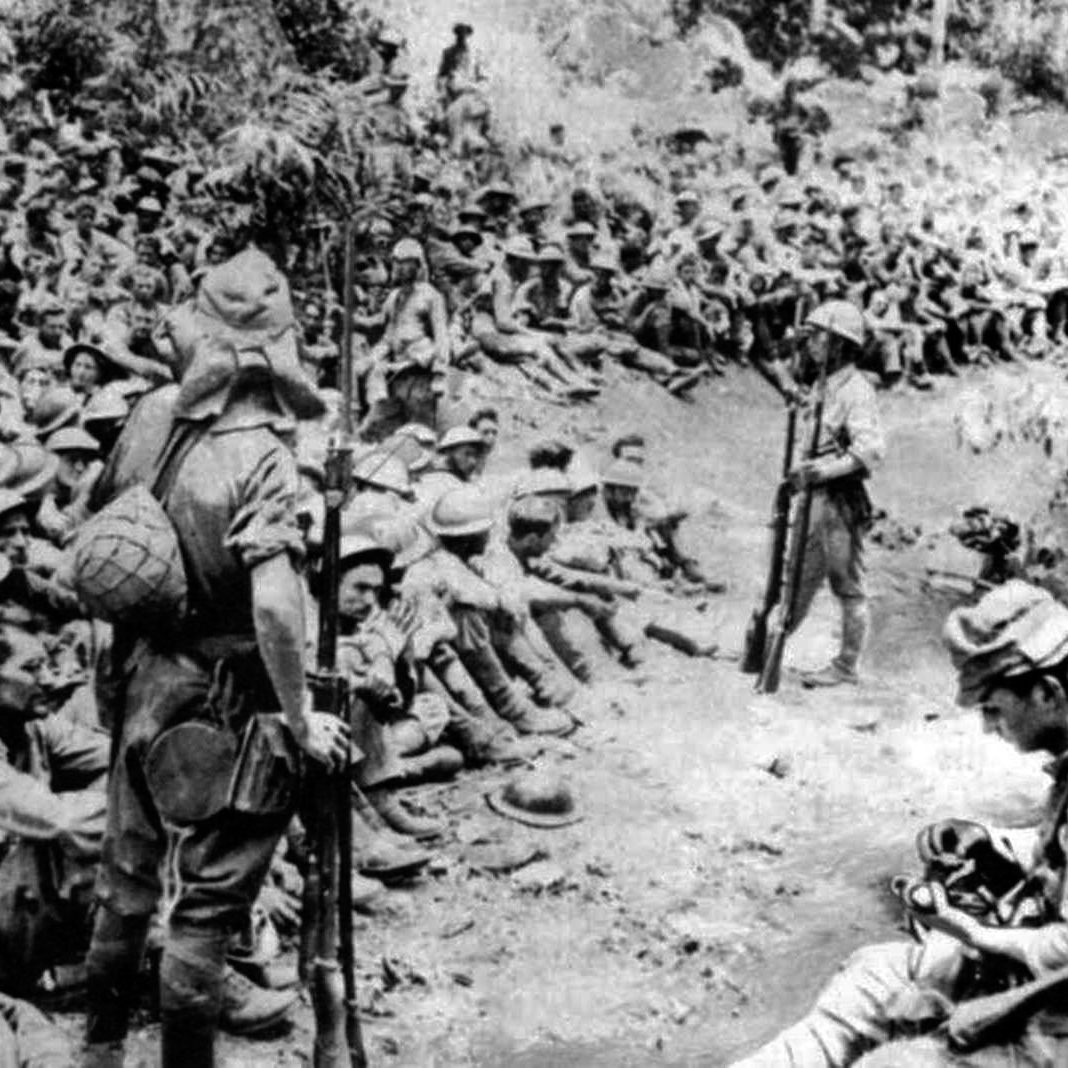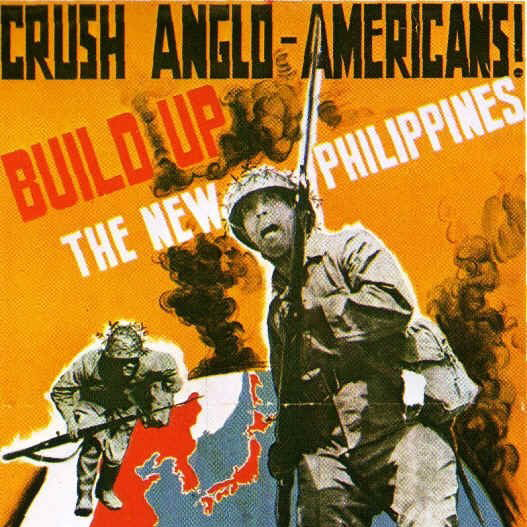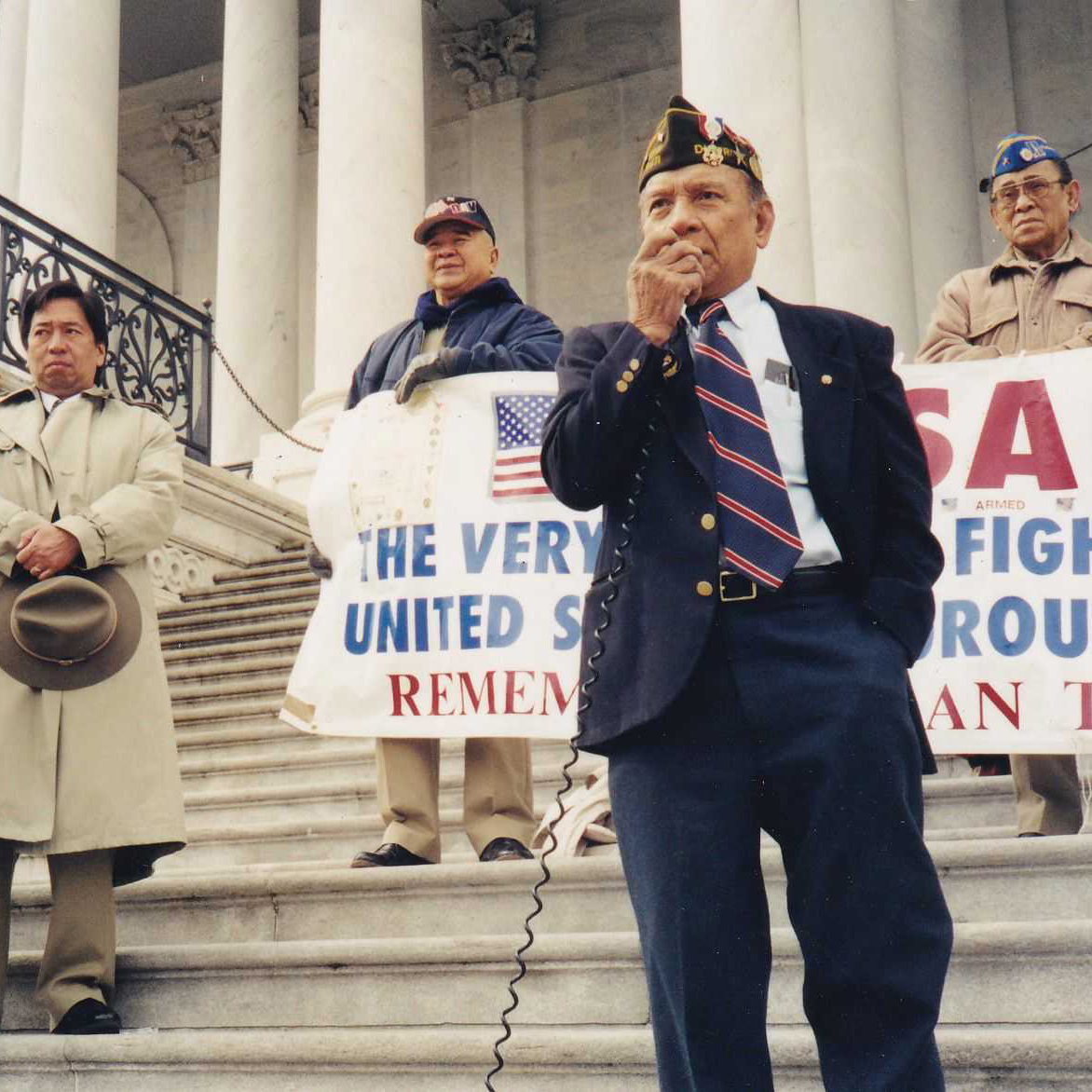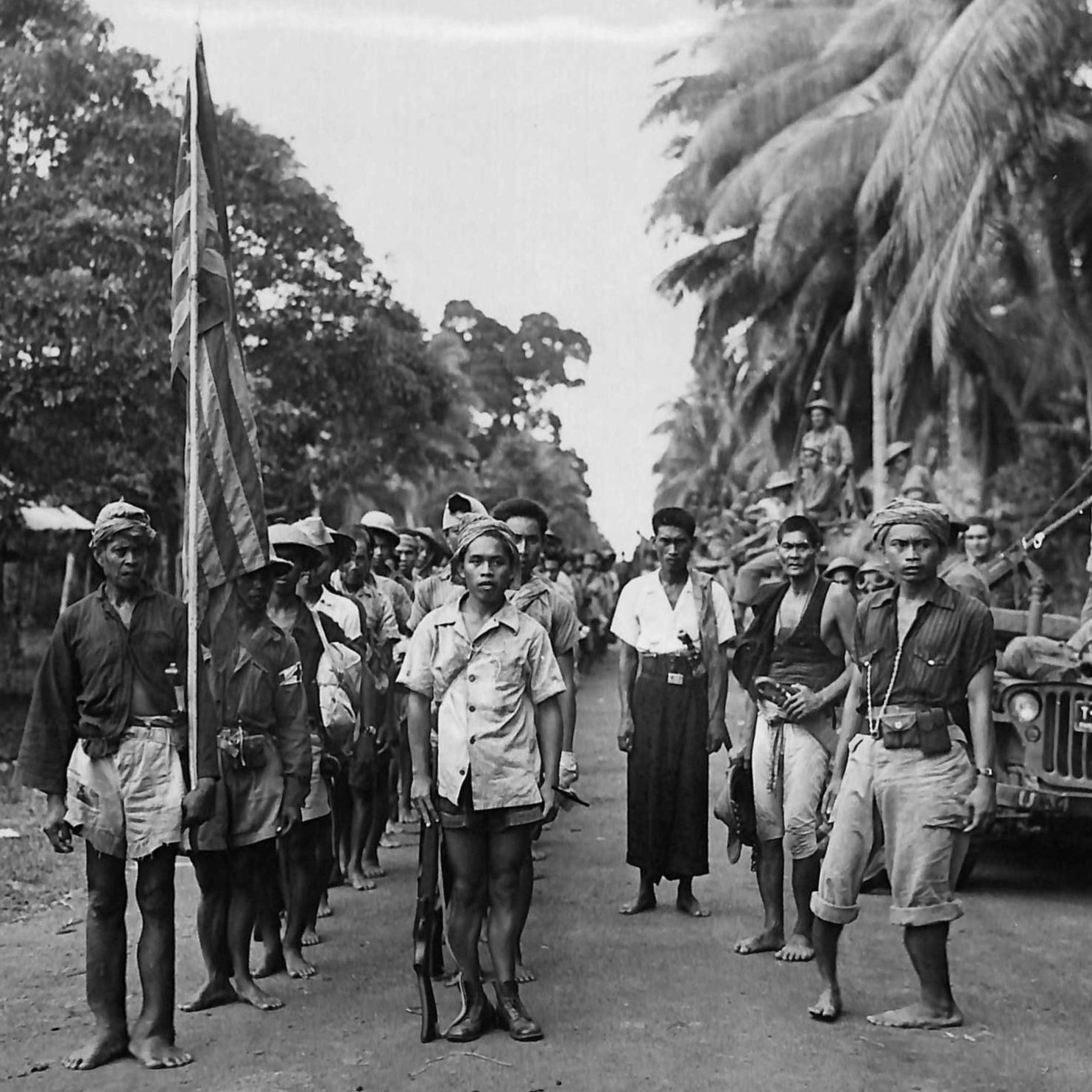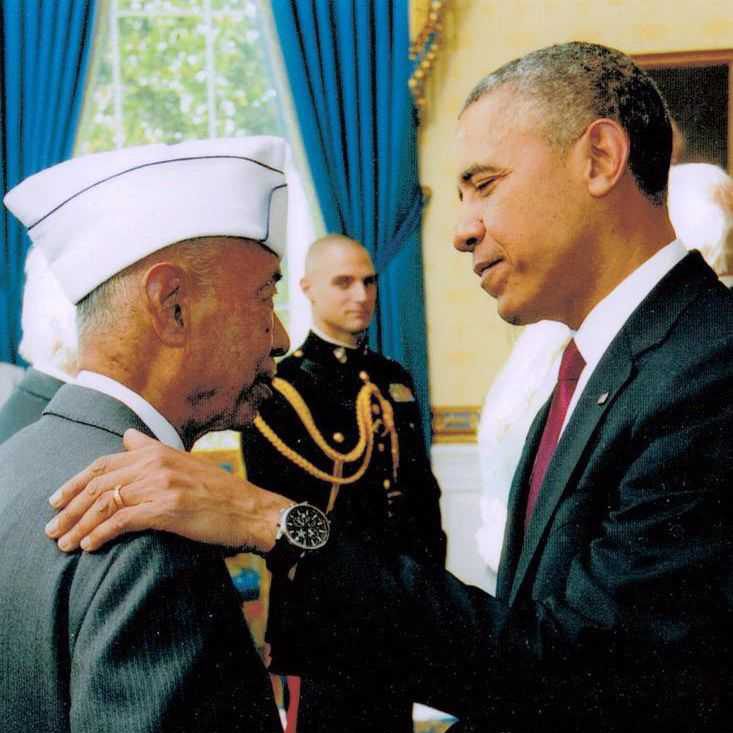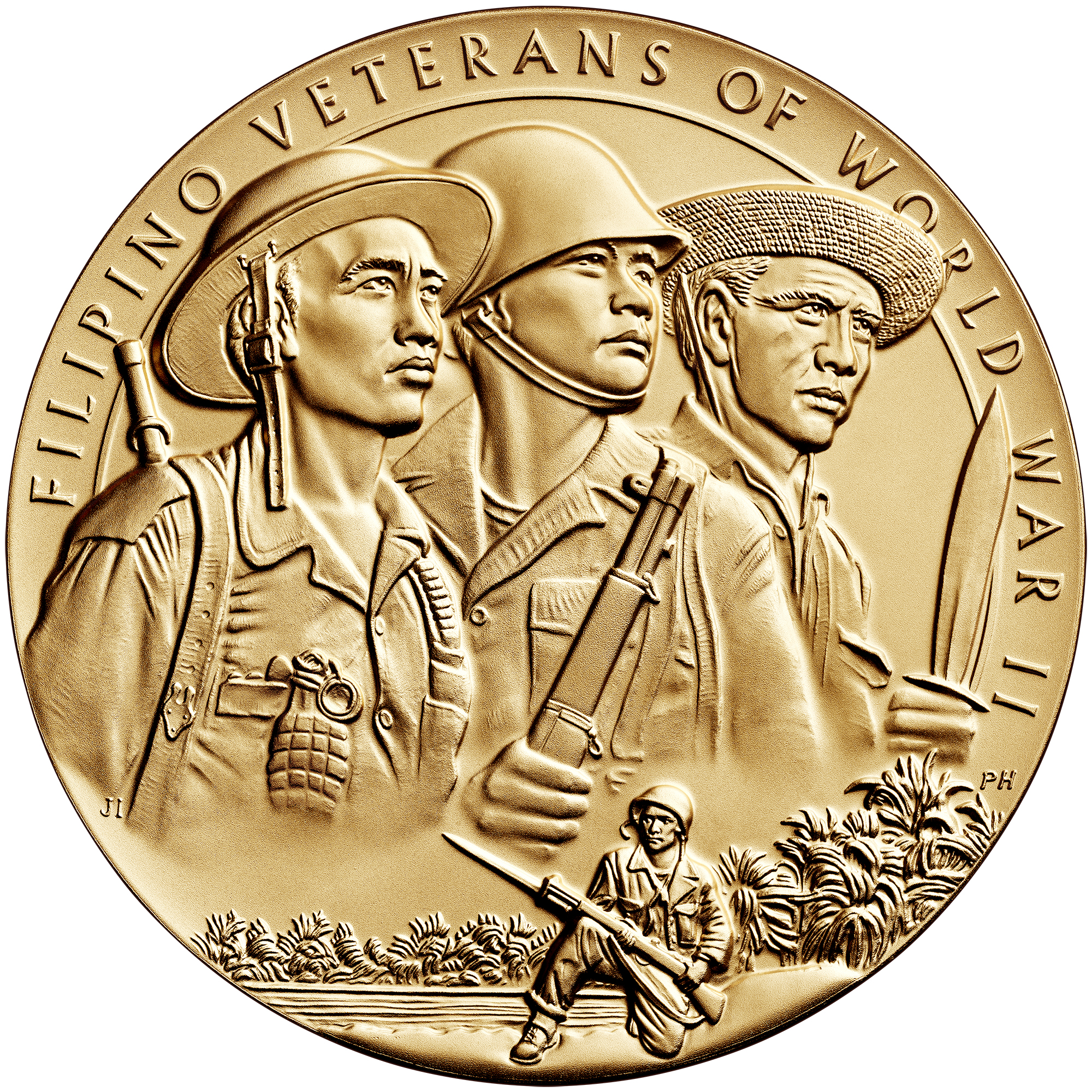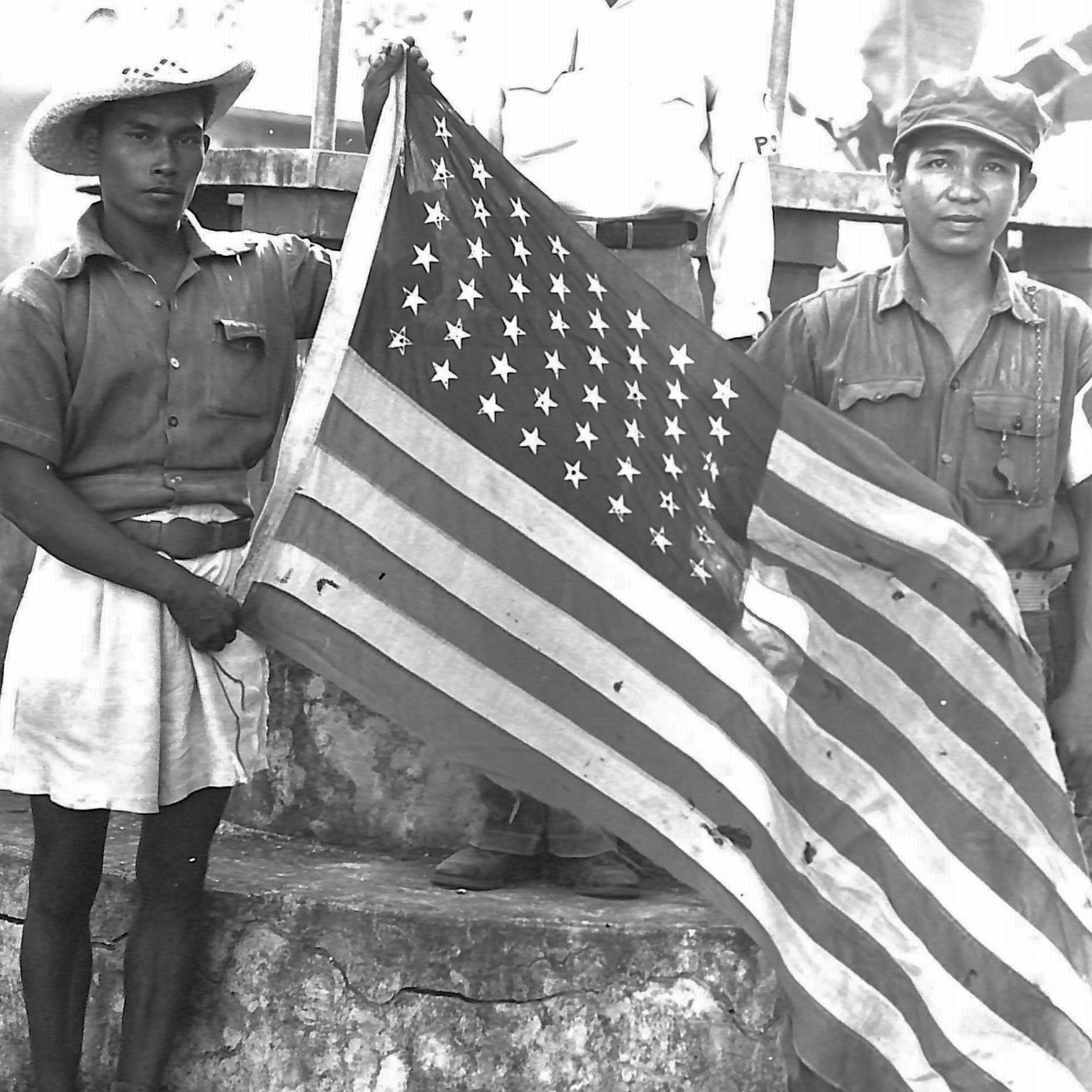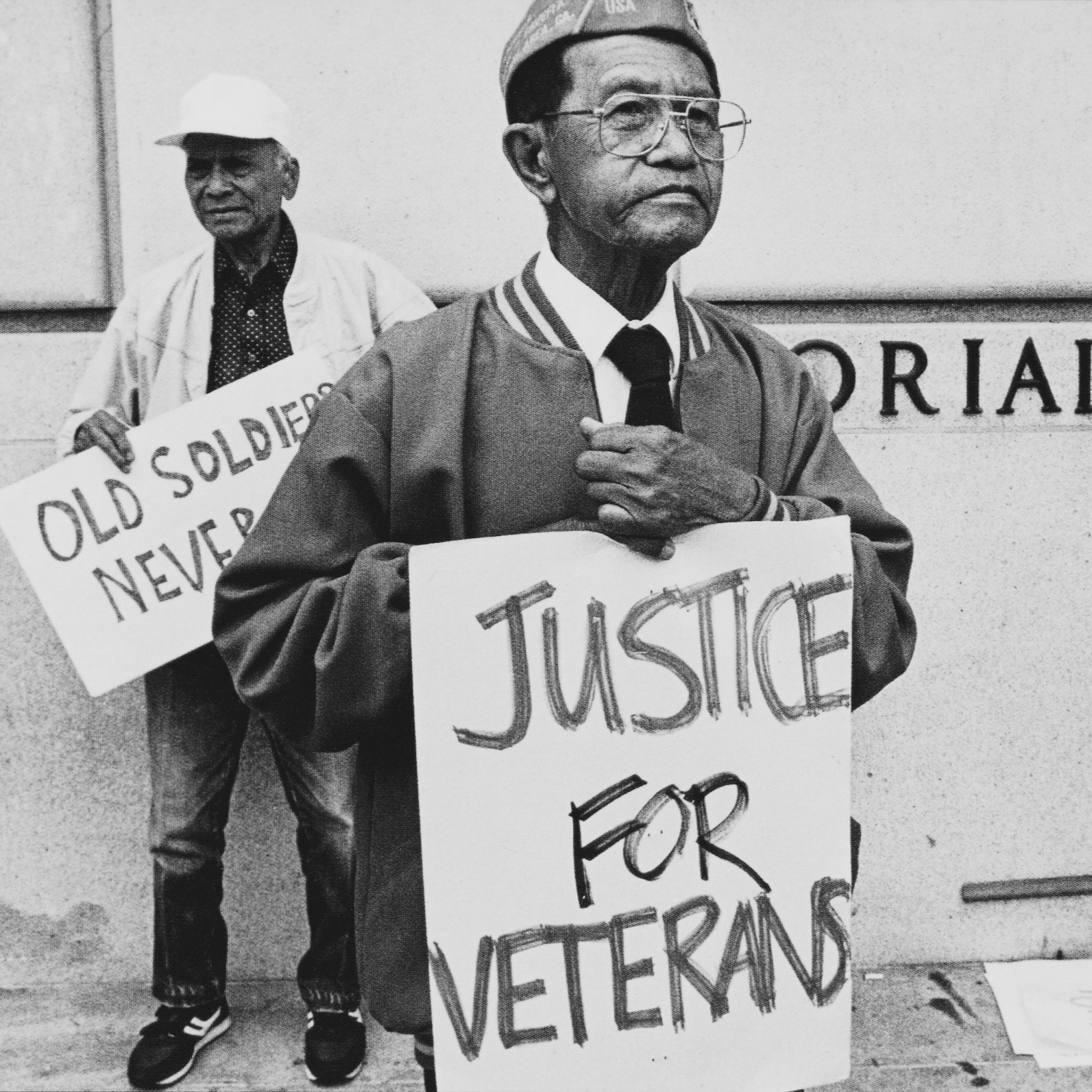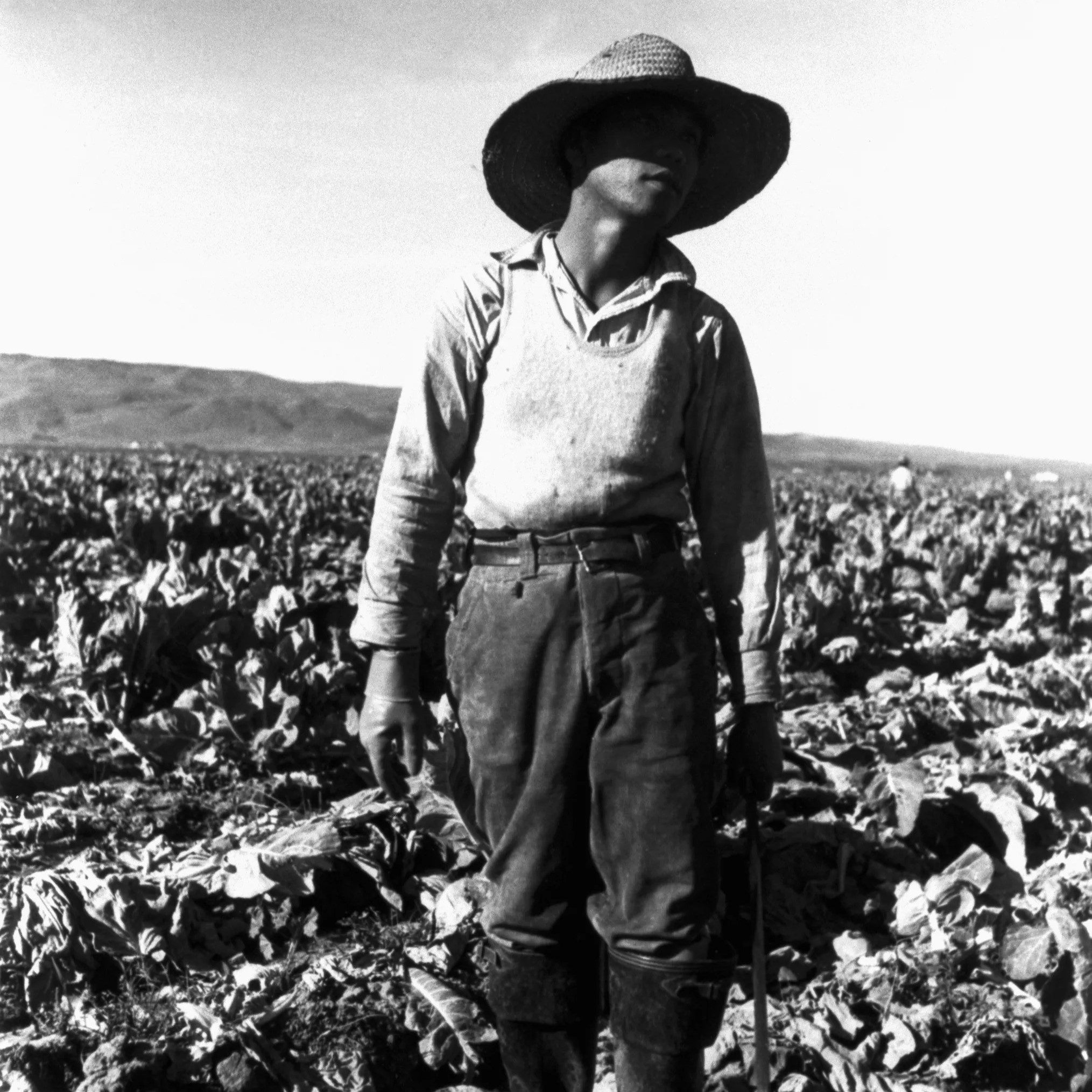Explainers
Explainers are short activities centered around a single primary source, map or infographic. They focus on key pieces of the story and can be taught in 10-20 minutes. Each explainer includes a few questions that you can use to guide discussion in class or ask students to respond to in writing. Explainer instructions also include background information for the teacher and ideas for how to use the primary source in the classroom.
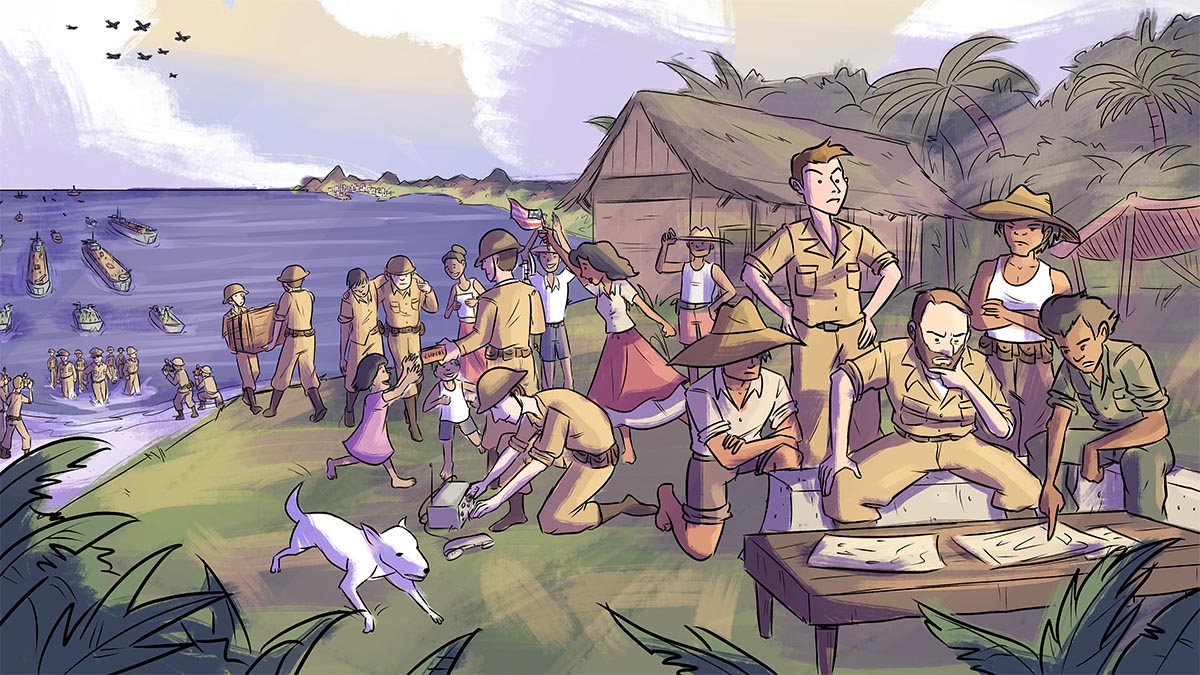
1. Aguinaldo and the Rhetoric of Liberty
Students read a speech by Filipino nationalist Emiliano Aguinaldo and analyze how he draws on American ideals and history to argue against imperialism.
2. The Strategic Importance of the Philippines
Students review a map showing the location of the Philippines to understand its strategic importance to the United States and Japan. An excerpt of a speech by U.S. Senator Alvin Bevridge shows how Americans justified their race for empire.
3. The Bataan Death March
Students read the diary of a Filipino soldier who survived the grueling six-day forced march and consider how race and nationality colored his experiences and interactions with American prisoners and Japanese captors.
4. Japanese Propaganda in the Philippines
Students analyze a Japanese propaganda poster aimed at convincing Filipinos to support the Japanese empire in order to understand the stakes of occupation of the Philippines.
5. The Rescission Act
Students review the text of this little known but hugely important budget-cutting law that stripped Filipino veterans of their benefits and set off a 70-year civil rights struggle.
6. Asian Immigration to the United States
Students read two charts showing the sources of Asian immigration to the United States since 1965 and investigate the diversity and character of Asian America today.
7. Becoming an Activist
Students listen to an oral history interview with an activist in the struggle for Filipino veterans’ benefits and consider why he got involved and what kept him motivated.
8. The Guerrilla Roster
Students scrutinize a declassified questionnaire with a Filipino guerrilla and discover the historical importance of the little known “Guerrilla Roster” from the Philippines in World War II.
9. Why Oral History?
This overview and suggested exercises help students explore oral history as a method for understanding the past.
10. Why It Matters
Students define equity and justice, listen to oral histories, and write an op-ed articulating why Americans should care about the story of Filipino veterans.
11. The Congressional Gold Medal
Students learn about the meaning of the Congressional Gold Medal honoring Filipino veterans, including elements of its design and the first ceremony in Washington, D.C.
12. Filipino Guerrillas with American Flag
Students analyze a photo of Filipino guerrillas holding an American flag to consider the experiences and expectations of Filipinos who served in the U.S. military during World War II.
13. The Rescission Act and the G.I. Bill
Students compare and contrast two post-war bills that drastically differed in their effects on World War II veterans.
14. Laws Affecting Filipino Immigration to the U.S.
Students examine a timeline of immigration laws to discuss how colonial status, race, military service and other factors affected the ability of Filipinos to immigrate to the U.S.
Share your thoughts about the Duty to Country Curriculum
We invite educators to share their feedback on the Duty to Country curriculum. This survey asks about where and what you typically teach, and for your feedback on the educator materials themselves. We estimate it will take 15 minutes to complete the survey. Thank you for your time, your feedback helps us make Duty to Country stronger.


